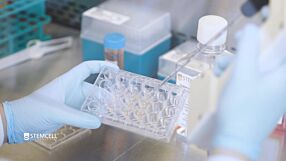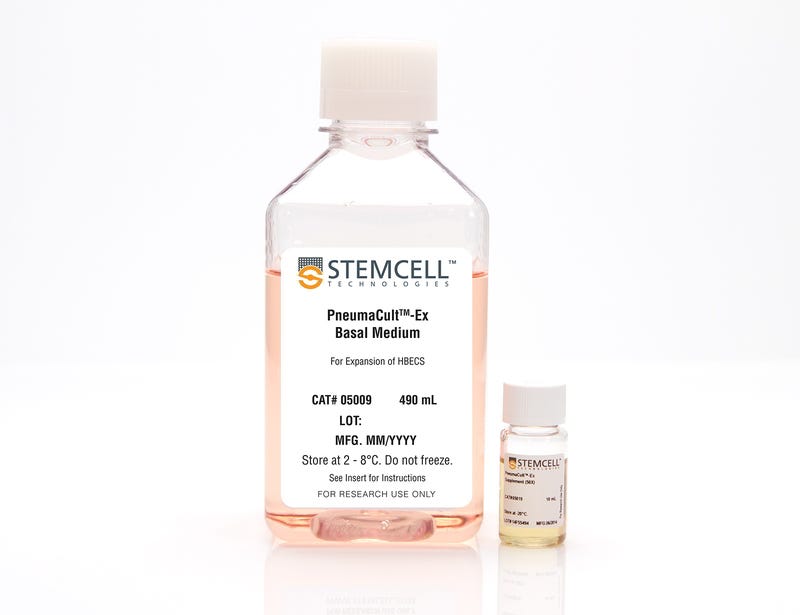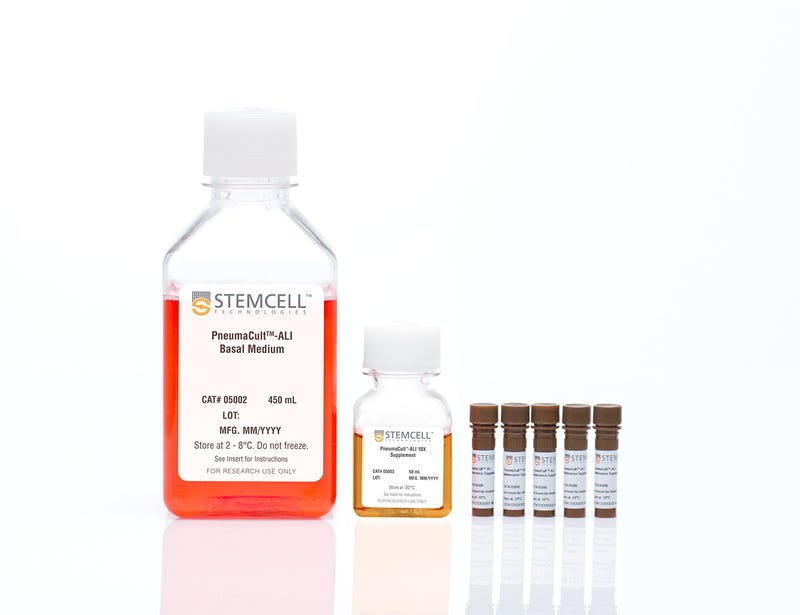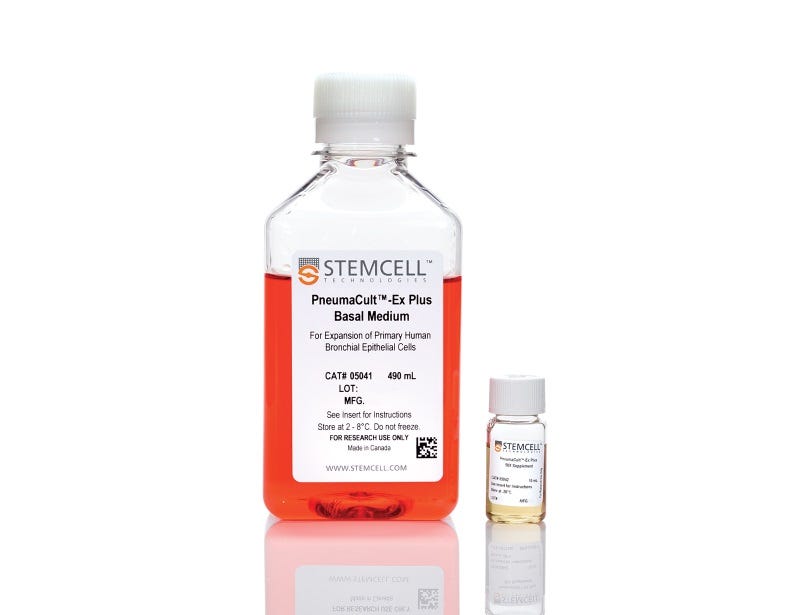How to Model the Human Airway at the Air-Liquid Interface: Introduction
Protocols for expanding and differentiating human bronchial epithelial cells (HBECs) at the air-liquid interface (ALI) using the PneumaCult™ culture system to demonstrate ALI culture
In this series of videos, we will guide you through the protocols for expanding and differentiating human bronchial epithelial cells (HBECs) at the air-liquid interface (ALI). We will use the PneumaCult™ culture system to demonstrate ALI culture for this video. If you are using other culture media, some alterations to this protocol may be necessary.
00:48 Overview of the ALI culture workflow using PneumaCult™
01:02 Overview of phase 1- Expansion culture in a flask
01:15 Overview of phase 2 - Submerged expansion in porous inserts
01:37 Overview of phase 3 - ALI culture differentiation in inserts
Watch the other videos in this series
Video 1: How to Model the Human Airway at the ALI: Expansion of HBECs
Video 2: How to Model the Human Airway at the Air-Liquid Interface: Differentiation of HBECs
Request Pricing
Thank you for your interest in this product. Please provide us with your contact information and your local representative will contact you with a customized quote. Where appropriate, they can also assist you with a(n):
Estimated delivery time for your area
Product sample or exclusive offer
In-lab demonstration








